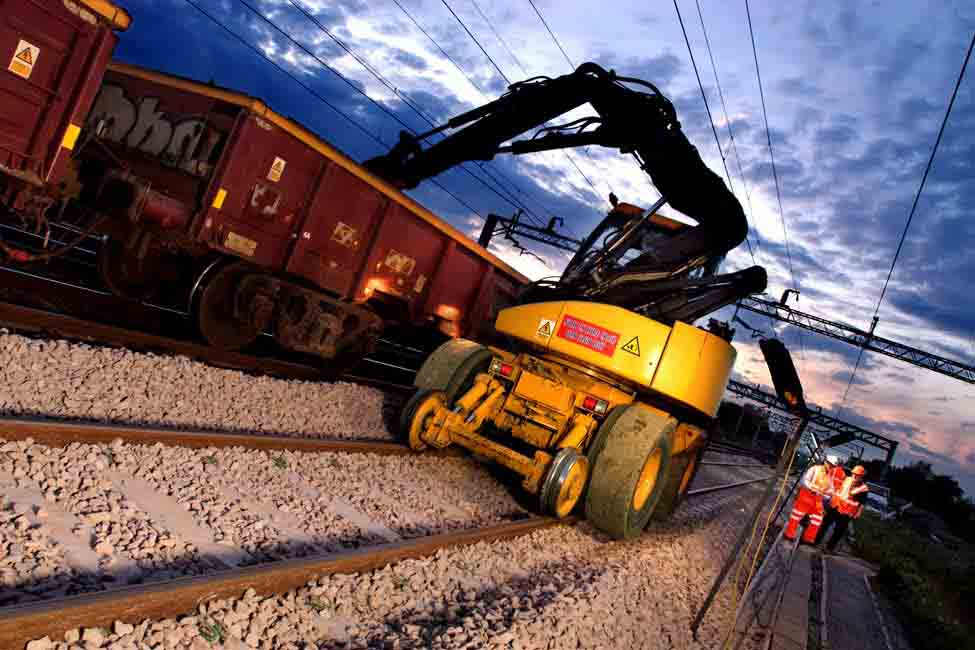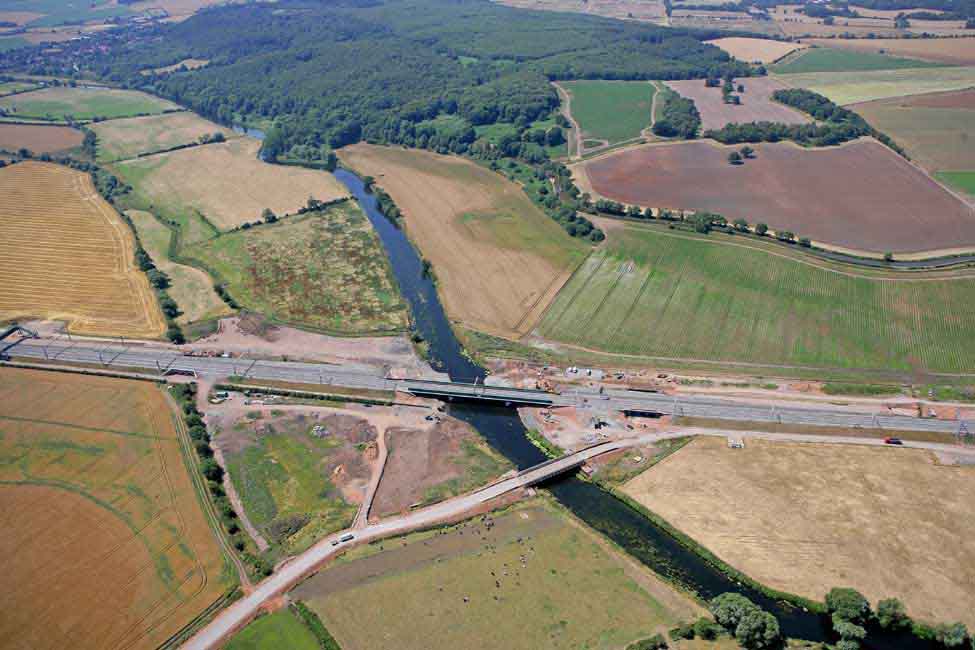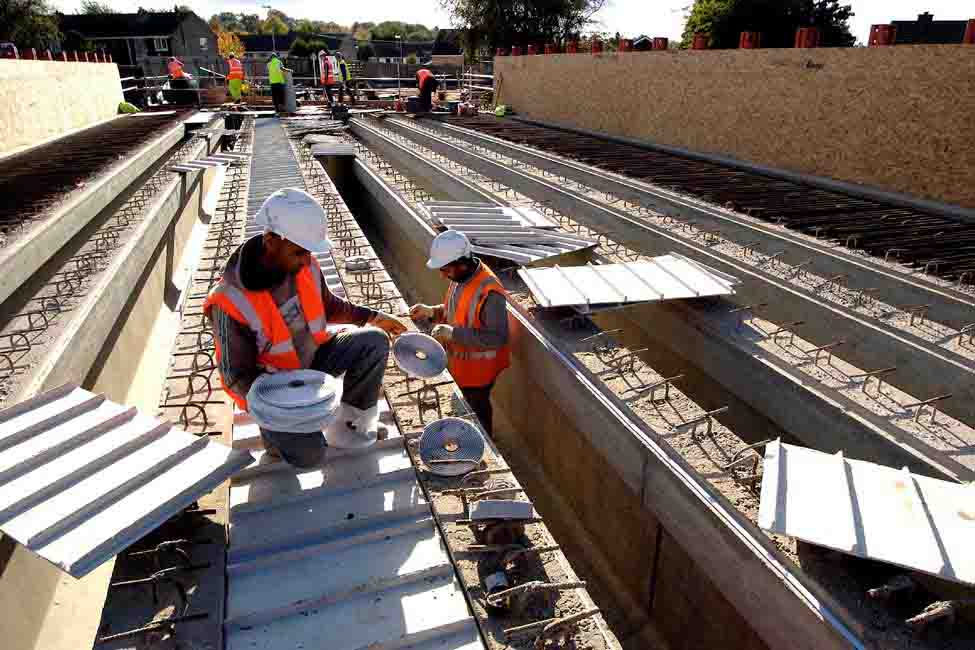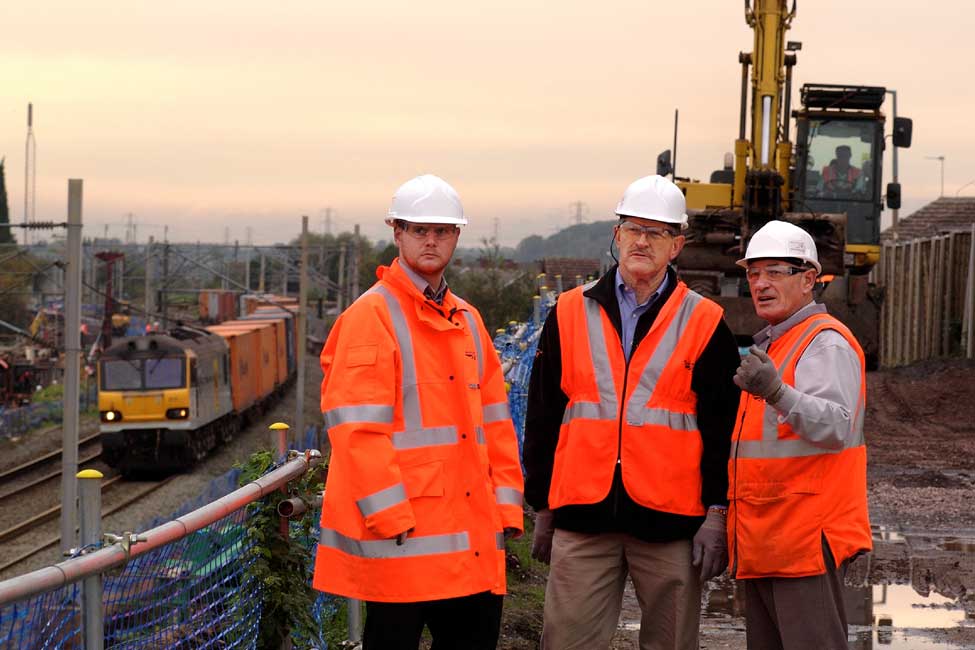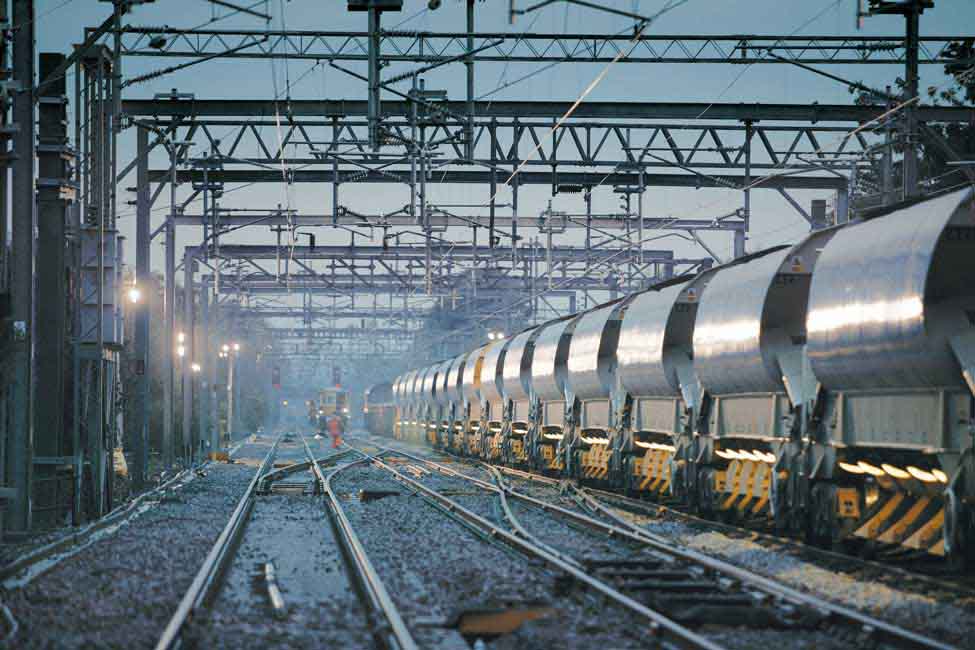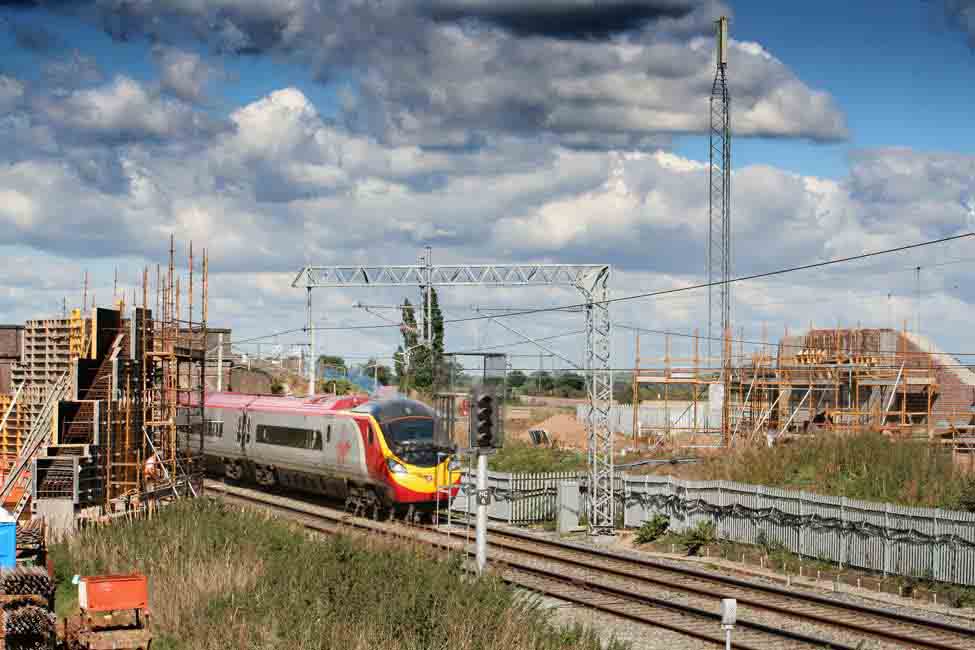The U.K.’s 640-km historic West Coast Main Line (WCML), originally built in the 1880s, extends from London’s Euston Station to Scotland, passing through Birmingham, Manchester, and Liverpool. The line, 640 km (397 miles) in length, is one of Europe’s busiest mixed-traffic railways, with more than 2,500 train movements each day, and catering to more than 75 million passengers a year—43 percent of Britain’s rail traffic.
By the end of the 20th Century, the WCML was due for an upgrade. The West Coast Route Modernization (WCRM) began in 1997. But by early 2002, with costs spiraling and schedules slipping, the UK Government and Network Rail asked Bechtel to restructure the project and develop a new plan, which would also include tilting trains running at up to 124 miles (200km) per hour. 110 Bechtel staff were integrated into the client’s team of 1,200, taking the lead in managing project delivery.
Upgrading an historic 1880s train line between London and Scotland
Image Gallery
High volume with limited access
The work was widely dispersed and involved multiple engineering disciplines – including civil, structural, track, electrification, signaling, and telecommunications. The substantial volume of work, and limited access to the network, made this program an incredible planning and logistical undertaking.
Logistics
The work was scheduled so that interruptions to passengers and to train and freight-operating companies were carefully planned and minimized. In addition, Bechtel worked closely with the owner, government rail organizations, local authorities, and the country’s environmental, safety, and health agencies to protect the environment. Most of the major work occurred at night and on weekends, during planned possessions while keeping the route operational during the hours of heaviest traffic.
Timeline of successful milestone completions
All major milestones were completed to schedule:
- September 2004: Modified infrastructure, boosting train capacity and enabling new trains to run at enhanced permissible speeds of 125mph in tilt mode between London and Manchester and at permissible speed tilt running between London and Birmingham
- June 2005: Upgraded sections to run at permissible speed tilt between Weaver Junction and Liverpool, and at 125mph enhanced permissible speed running from Crewe to Preston and Birmingham to Stafford
- December 2005: Upgraded the sections to accommodate trains travelling at 125mph enhanced permissible speed and permissible speed tilt between Preston and Glasgow, and Rugby and Birmingham
- 2008: Completed major remodeling schemes to increase capacity and line speed to meet the 2008 timetable and introduce the Virgin High Frequency train service
- December 2008: The line opened



